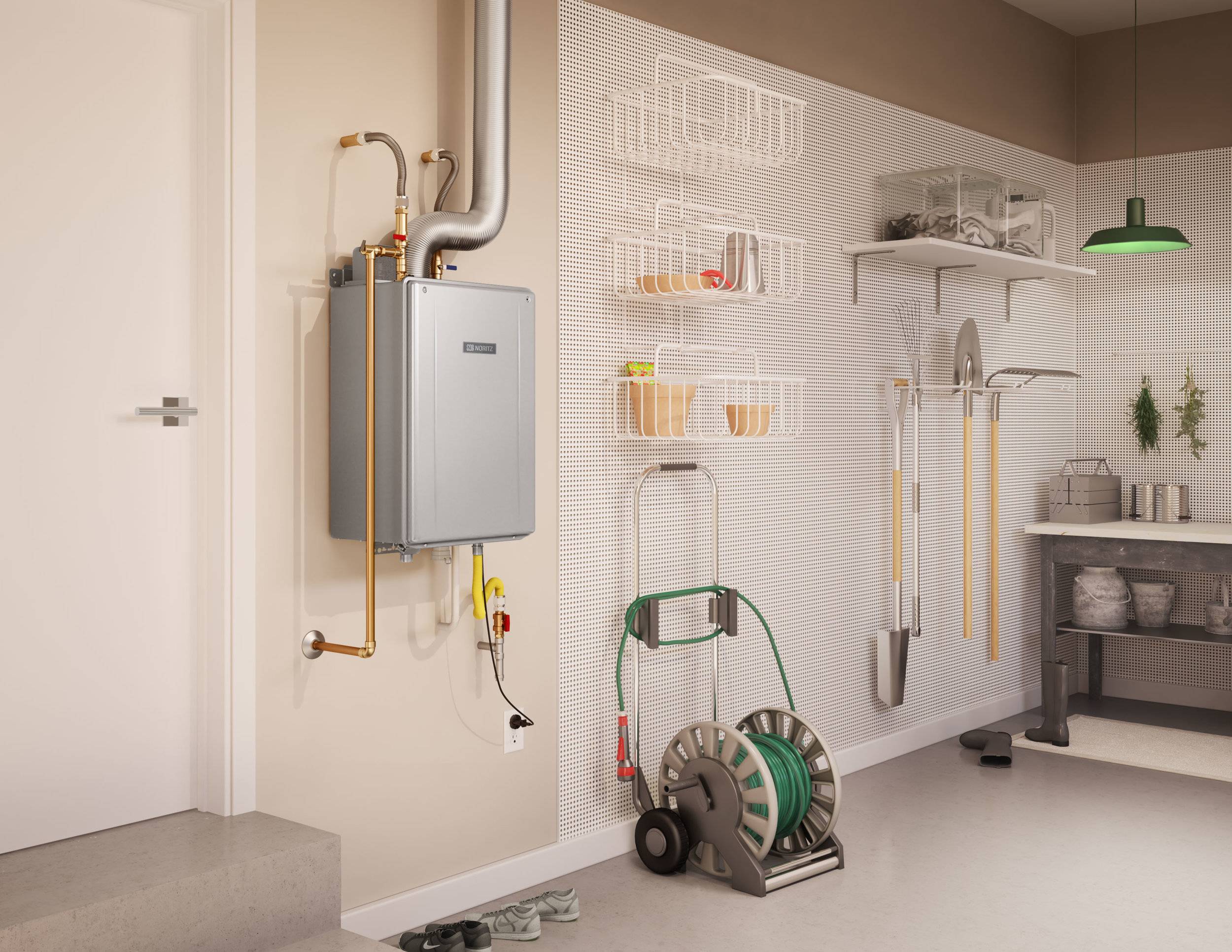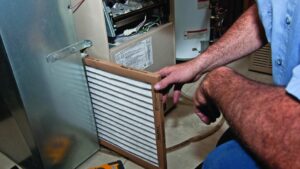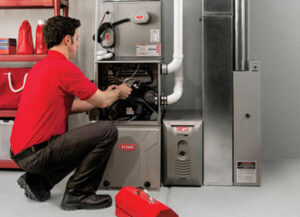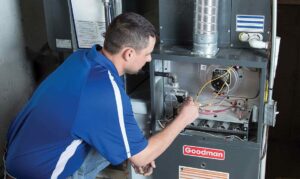Tankless Water Heaters Size Guide
Tankless water heaters, otherwise known as on-demand or instantaneous water heaters, are rated based on the maximum possible temperature rise they can produce at a particular flow rate. Thus, to determine the correct size of the water heater, you need to calculate the temperature increase and flow rate required for its application in your home – the entire house or a single fixture/appliance. Never undersize your tankless water heater to save some extra bucks.
Step 1: Identify the number of devices
Determine the total number of devices that the water heater will be serving at any time and their respective flow rates. Next, calculate their flow rates (gallons per minute). The combined total should tell you the appropriate flow rate for the water heater you should get.
For instance, assuming that you’ll be running a shower head with a flow rate of 2.6 gallons per minute and a hot water faucet with a flow rate of 0.75 gallons per minute simultaneously, the tankless water heater should have a flow rate of at least 3.26 gallons per minute. You will need to replace your current fixtures with a low flow rate for lower flow rates.
Step 2: Determine the temperature
Determine the temperature increase required. To do this, calculate the difference between your desired output temperature and the incoming water temperature (desired output temperature – incoming water temperature = required temperature rise). The incoming water temperature typically ranges from 45°F to 55°F, depending on where you live.
Since you’ll typically need your water heated to about 105-115°F (for most purposes), a water heater with a temperature rise of 55°F is ideal.
Step 3: Measure the Right Size of Tankless Water Heater
Sizing Example: The average shower has a flow rate of 2.6 gallons per minute and is usually between 104°F-106°F. Let’s assume that your incoming water temperature is 40°F. If you plan to run two showers simultaneously, what temperature rise will you need to produce enough hot water for both showers?
Answer: Since you will need to increase the incoming water temperature from 40°F to 105°F and the water heater will heat at least 5.2 gallons of water, you will need an on-demand water heater that can produce at minimum a 60°F temperature rise at a flow rate of 5.2 gallons per minute.
Flow Rates of Tankless Water Heaters
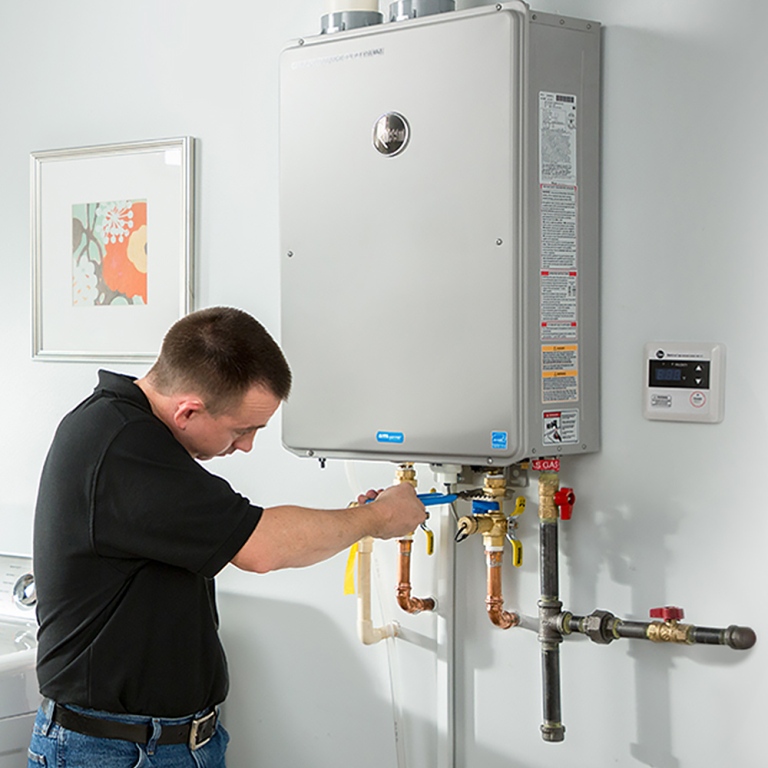
The total amount of hot water you need will depend on the type and number of fixtures that you will be running simultaneously. For example, do you expect to run more than one shower simultaneously or perhaps a shower and sink? We have provided the water usage range and average water temperatures for different fixtures. To help you determine your total simultaneous water requirements, we suggest that you use 2.5 GPM for the shower and 1.0 GPM for the bathroom as a reference point.
Kitchen Sink – 1.5 gallons per minute (110°F)
Dishwasher – 1.5 gallons per minute (110°F)
Washing Machine – 2.0 gallons per minute (120°F)
Tub – 4.0 gallons per minute (102°F)
Shower – 2.5 – 3.0 gallons per minute (104°F)
For instance, two showers simultaneously running require 5 gallons of hot water per minute from the on-demand water heater. Simultaneously running a shower and washing machine requires 4.5 gallons of hot water per minute. In both cases, you will need a water heater whose size meets or exceeds the amount of hot water you need at the same time.
Keep in mind that tankless water heaters heat potable water only. Also, you should never heat the inlet water to a tankless unit.
Other Tankless Water Heater Sizing Notes:
Gas tankless water heaters usually have a higher temperature rise per GPM than electric versions. The majority of tankless water heaters rate for a range of inlet temperatures. Generally, a gas tankless water heater can produce a 70°F temperature rise at 5 gallons per minute flow rate. In comparison, the electric version delivers the same temperature at a flow rate of 2 gallons per minute. The furthest faucet may have a lower water temperature due to cooler inlet temperatures and faster flow rates.

